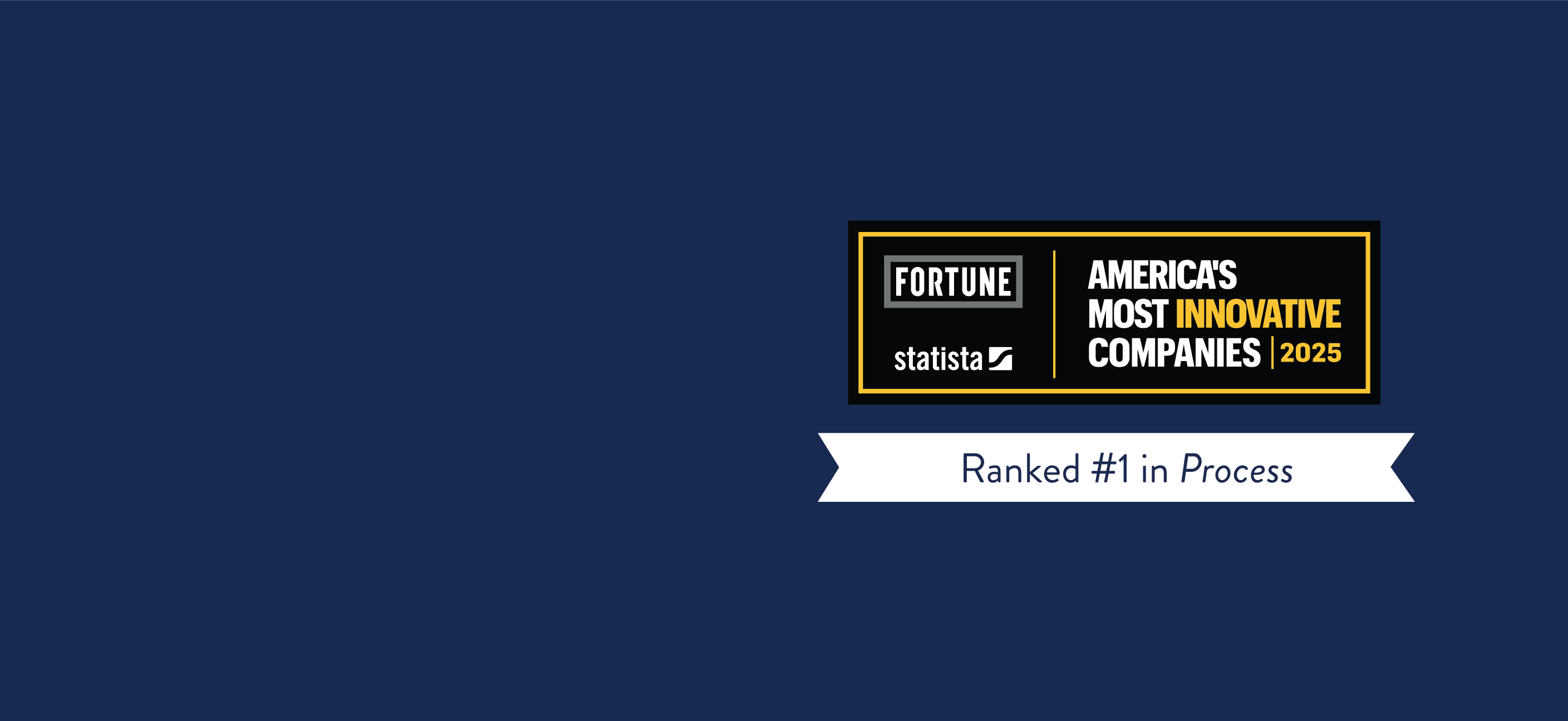Employers want their employees to be productive, and employees want their hard work to be recognized. There’s a strategy that solves both—an effective reward program. Using incentives to recognize and reward your workforce is a significant part of boosting employee productivity, which can be a struggle. Research suggests that the average employee is productive for just 2 hours 53 mins in an eight-hour workday.
Offering the Right Incentive Makes a Difference
Note the word effective in the previous paragraph. When done right, reward programs have a powerful impact on the morale and loyalty of your workforce. 83% of workers say recognition plays a vital role in their happiness at work; and 63% of those getting recognition are unlikely to look for a new job in the immediate future.
But, an ineffective reward program will cause more harm than good, and potentially damage everything you’ve set out to do. If your incentives miss the mark with employees, be it through confusion about performance requirements, a disconnect between required actions and business objectives, low frequency communication, or unappealing rewards, you won’t get the results you’re looking for.
Who are You Rewarding, and Why?
You can use rewards and incentives for a number of different purposes and for different recipients, some of the most common program types for Employee & Sales teams are:
Employee recognition
This includes spot rewards, wellness plans, discretionary incentives, work anniversaries etc.
Sales incentives
Sales incentives programs have longer durations, and are a way to continuously motivate and reward sales staff when they hit targets.
Recognizing vs. Incentivizing
4 Step Incentive Programs
Channel Incentives and Why They’re Important
You might think of rewards and incentives as only relevant for internal employees and customers, but there’s a third ‘audience,’ too. Channel sales is when you have third parties, such as dealers, distributors, and affiliates, selling your brand. While they’re selling your products or services, they’re not direct employees.
Channel partners have a different motivation from your own employees, but it doesn’t mean you can’t incentivize them, too. As they’re likely to be working with and selling other brands, rewards and incentives can be the key to encouraging them to prioritize your products or services above the competition.
When you offer an incentive for channel partners to sell your products or services, they’ll try to sell more, which increases your sales and brand awareness.
The Simple Yet Powerful Solution
There are several different methods you can use to reward your employees. It could be monetary rewards, like cash or gift cards, or non-monetary rewards, for example, flexible hours, extra vacation time, or ‘experiences’. You might decide that one type of reward program works best for your workforce, or you might decide to combine more than one.
Cash rewards are one of the most effective methods of motivating people, making it the reward of choice. Using prepaid cards to deliver rewards and incentives gives you all the flexibility of cash , without the drawbacks of your rewards being lost in an employee’s paycheck.
Prepaid cards supercharge the traditional cash incentive. Employees who receive the cards can use them in stores and online, exactly like their debit cards. While extra money to a paycheck can be easily swallowed by regular bills and expenditure, prepaid cards are there for the spending. And, unlike gift cards, they’re flexible enough to be used almost anywhere—relieving you of having to read the minds of each employee on where they prefer to shop.
Recipients don’t need to have a bank account to benefit from prepaid rewards cards, making them a financially inclusive option. Depending on how you’re intending to use them, you can have both single-load and reloadable cards, and they can even be branded to your business for in-wallet marketing power. Standard Prepaid Technologies cards can be ordered online and delivered swiftly, while custom, branded cards can take four to six weeks to set up.
No matter your budget, our prepaid card solutions offer a comprehensive and accessible process for rewards and incentives that will increase employee engagement and morale, and, ultimately, productivity.



